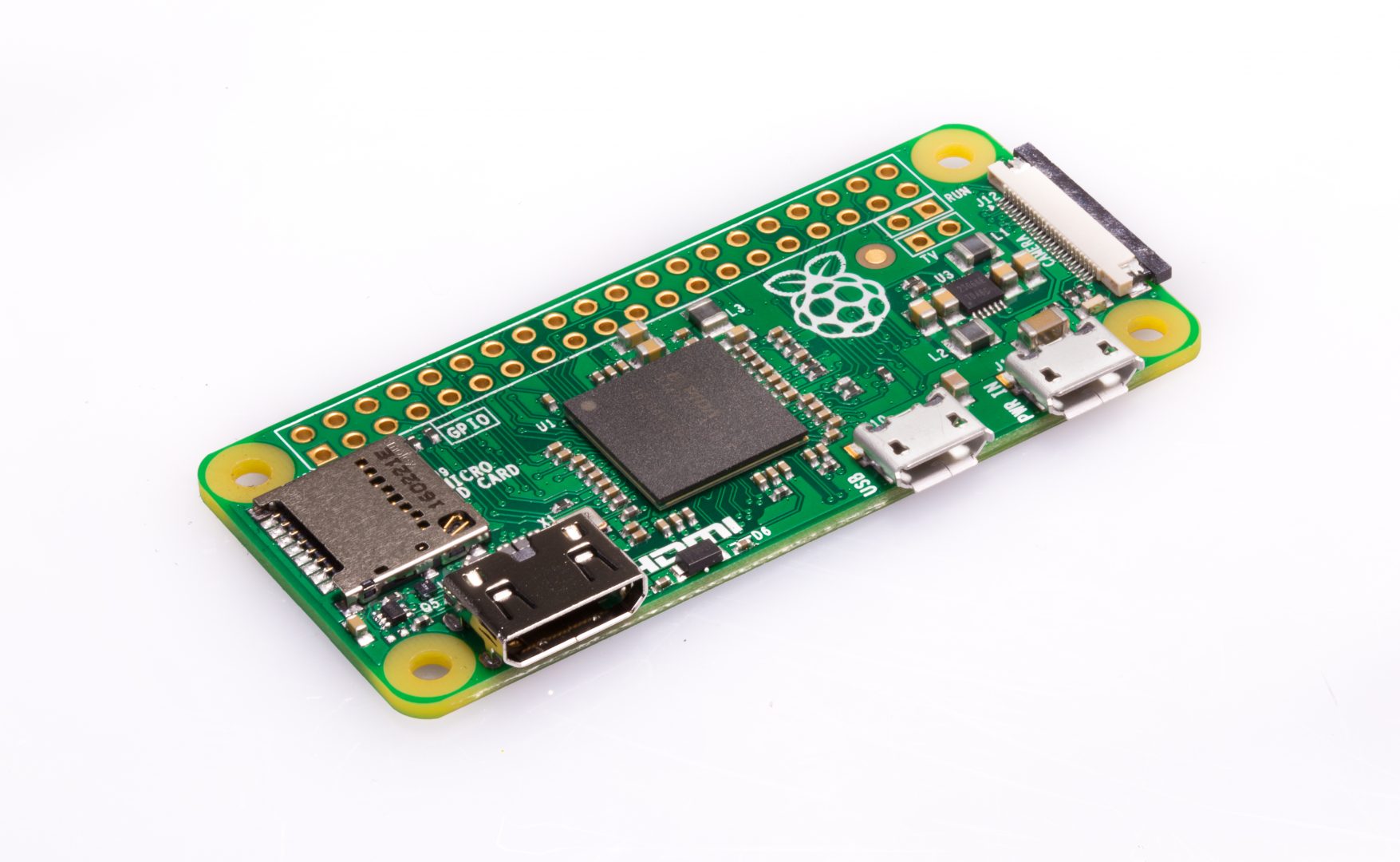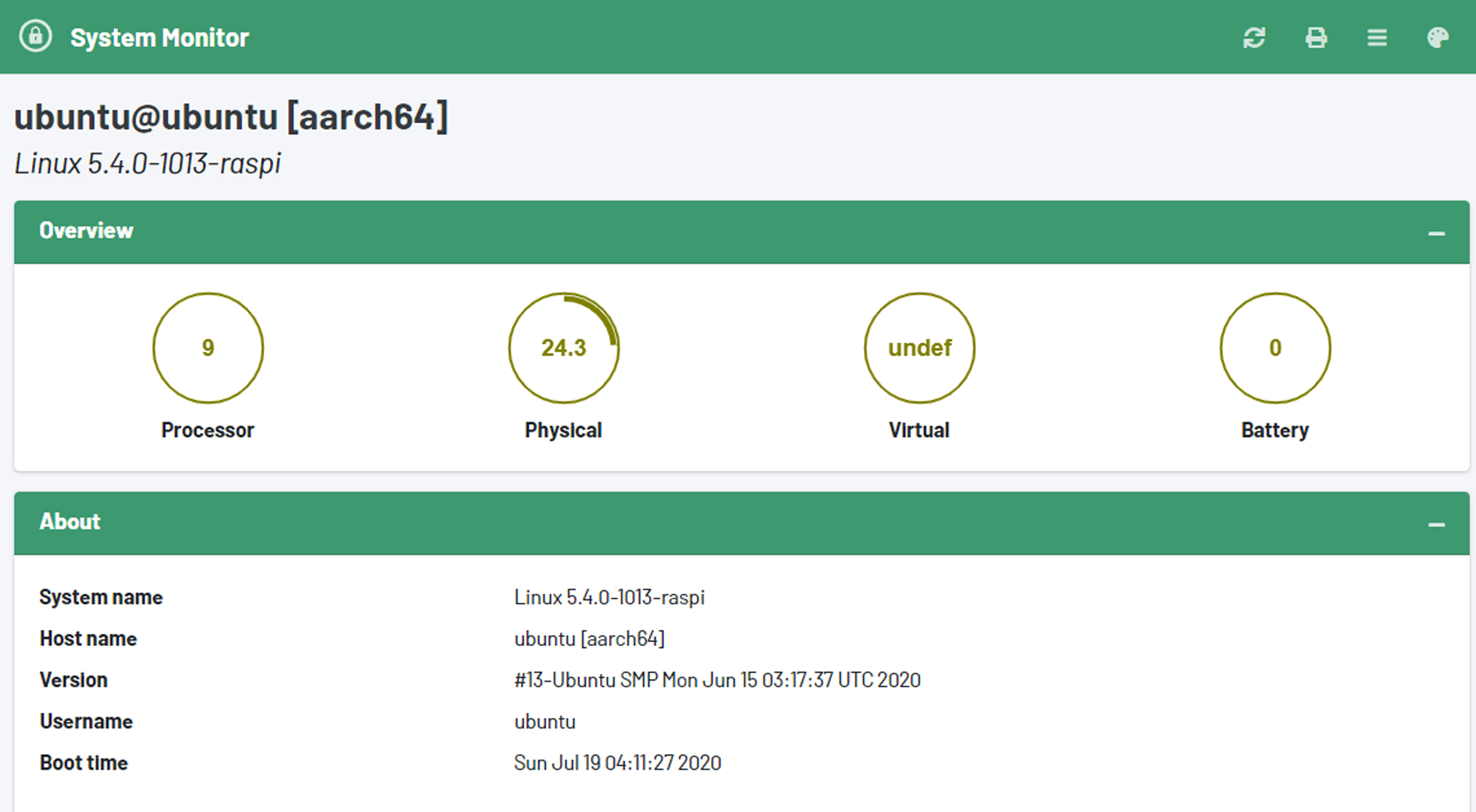So, you've got yourself a Raspberry Pi, huh? Whether you're using it as a home server, a media center, or just experimenting with cool projects, one thing's for sure—managing it remotely is a game-changer. Imagine being able to control your Raspberry Pi from anywhere in the world without paying for expensive software. Sounds awesome, right? Well, buckle up because we're diving deep into how you can remotely manage Raspberry Pi free like a pro.
Let's face it, who has time to sit in front of their Pi all day? Life’s busy, and tech should make things easier, not harder. That’s where remote management comes in. This guide will show you exactly how to set up your Pi for remote access without breaking the bank—or even spending a dime. We're talking free tools, easy setups, and tips that’ll save you hours of hassle.
By the end of this article, you'll be a remote management guru, ready to take control of your Raspberry Pi from anywhere on the planet. No more excuses about being tied to your desk. Let’s get started!
- Aditi Misty Nipples Unveiling The Truth Behind The Hype
- Aditi Mishra Nude Video Unveiling The Truth Behind The Viral Sensation
Table of Contents:
- Biography of Raspberry Pi
- Why You Should Remotely Manage Raspberry Pi
- Free Tools to Remotely Manage Raspberry Pi
- Step-by-Step Setup Guide
- Using SSH for Remote Access
- VNC: Visual Control Made Easy
- Web-Based Management Solutions
- Securing Your Remote Connections
- Troubleshooting Common Issues
- Conclusion: Take Control of Your Pi
Biography of Raspberry Pi
Before we dive into the nitty-gritty of remote management, let’s take a moment to appreciate the little device that could. The Raspberry Pi is not just another piece of hardware—it’s a revolution in DIY computing. First launched in 2012 by the Raspberry Pi Foundation, this single-board computer was designed to promote computer science education in schools. But guess what? It exploded in popularity among hobbyists, developers, and tech enthusiasts worldwide.
Here’s a quick rundown of the Pi’s stats:
- Divine Glamour The Ultimate Guide To Diva Flawlessxxx
- Aditi Mistry Private Life Unveiling The Layers Beyond The Spotlight
| Feature | Details |
|---|---|
| Processor | Broadcom BCM2711B0 (quad-core Cortex-A72) |
| RAM | 4GB or 8GB LPDDR4-3200 SDRAM |
| Storage | MicroSD card slot |
| Connectivity | Wi-Fi, Bluetooth, Ethernet |
| Price | Around $35–$55 depending on the model |
With its affordability and versatility, the Raspberry Pi has become a go-to tool for everything from home automation to retro gaming. And let’s be real—if you’re reading this, you’re probably already hooked on what it can do. Now, let’s talk about why managing it remotely is a must-have skill.
Why You Should Remotely Manage Raspberry Pi
Managing your Raspberry Pi remotely isn’t just a convenience—it’s a necessity. Think about it: what happens when you’re out of town but need to check on your home security system powered by your Pi? Or maybe you want to access files stored on your Pi while you're at work. Without remote management, you’d have to physically connect a monitor, keyboard, and mouse every single time. Ain’t nobody got time for that.
Here are some compelling reasons to master remote management:
- Convenience: Access your Pi from anywhere in the world.
- Efficiency: Save time by troubleshooting and updating your Pi without being physically present.
- Flexibility: Work on your projects from any device with an internet connection.
- Cost-Effective: Free tools mean you don’t have to spend extra cash on expensive software.
Now that you know why remote management is essential, let’s explore the tools that make it possible.
Free Tools to Remotely Manage Raspberry Pi
There’s no shortage of options when it comes to remotely managing your Raspberry Pi. The best part? Most of them are completely free. Here are some of the top tools you should consider:
Tool #1: SSH (Secure Shell)
SSH is the gold standard for command-line access to remote systems. It’s secure, reliable, and built right into most Linux distributions, including Raspberry Pi OS. With SSH, you can run commands, transfer files, and even automate tasks—all from the comfort of your laptop or phone.
Tool #2: VNC (Virtual Network Computing)
If you prefer a graphical interface, VNC is the way to go. This tool allows you to see and interact with your Pi’s desktop environment as if you were sitting right in front of it. Perfect for those who aren’t comfortable with the command line.
Tool #3: Web-Based Interfaces
For an even more user-friendly experience, consider web-based management solutions like Pi-hole or Home Assistant. These platforms offer intuitive dashboards that you can access through any browser.
With so many options available, the key is finding the one that best suits your needs. Let’s walk through the setup process for each of these tools.
Step-by-Step Setup Guide
Setting up remote management might sound intimidating, but trust me, it’s easier than you think. Follow these steps, and you’ll be up and running in no time.
Step 1: Enable SSH on Your Raspberry Pi
To enable SSH, simply run the following command in the terminal:
sudo raspi-config
From there, navigate to "Interfacing Options"> "SSH"> "Enable." Boom, done.
Step 2: Install VNC Server
For VNC, you’ll need to install the server software on your Pi. Use the following commands:
sudo apt update
sudo apt install realvnc-vnc-server realvnc-vnc-viewer
Once installed, enable VNC through the Raspberry Pi Configuration tool.
Step 3: Set Up Port Forwarding
If you plan to access your Pi from outside your local network, you’ll need to set up port forwarding on your router. This allows traffic from the internet to reach your Pi’s SSH or VNC ports. Be sure to follow your router’s specific instructions for this step.
Using SSH for Remote Access
SSH is hands-down the simplest way to remotely manage your Raspberry Pi. All you need is an SSH client and your Pi’s IP address. On Windows, you can use PuTTY, while macOS and Linux users can connect directly from the terminal.
Here’s how to connect:
- Open your terminal or SSH client.
- Type the following command: ssh pi@your_pi_ip_address
- Enter your Pi’s password when prompted.
And just like that, you’re in! From here, you can execute commands, manage files, and even stream data—all from afar.
VNC: Visual Control Made Easy
While SSH is great for command-line tasks, VNC shines when you need a graphical interface. Once you’ve installed and enabled VNC on your Pi, you can connect using the VNC Viewer app on your computer or mobile device.
Here’s what to do:
- Launch the VNC Viewer app.
- Enter your Pi’s IP address and click "Connect."
- Log in with your Pi’s credentials.
Voilà! You’ll now see your Pi’s desktop in all its glory. Drag-and-drop files, launch applications, and tweak settings just like you would if you were there in person.
Web-Based Management Solutions
For those who prefer a browser-based approach, web interfaces offer a seamless way to manage your Raspberry Pi. Platforms like Pi-hole and Home Assistant provide powerful features wrapped in easy-to-use dashboards.
Pi-hole: Your Ad-Blocking Hero
Pi-hole is a popular choice for blocking ads on your network. Not only does it improve browsing speed, but it also gives you valuable insights into your network traffic. To install Pi-hole, simply run the following command:
curl -sSL https://install.pi-hole.net | bash
Home Assistant: Smart Home Central
Home Assistant turns your Raspberry Pi into the brain of your smart home. From controlling lights to monitoring security cameras, this platform puts you in charge of your entire ecosystem. Installation is straightforward, and there’s a massive community of users ready to help you get started.
Securing Your Remote Connections
With great power comes great responsibility. When you open your Raspberry Pi to remote access, security should always be top of mind. Here are a few tips to keep your Pi safe:
- Use Strong Passwords: Avoid using "raspberry" as your default password. Make it unique and complex.
- Enable Two-Factor Authentication (2FA): Add an extra layer of protection to your SSH and VNC connections.
- Keep Software Updated: Regularly update your Pi’s OS and installed applications to patch vulnerabilities.
- Monitor Logs: Keep an eye on your system logs for any suspicious activity.
By following these best practices, you’ll ensure that your Pi remains secure even when accessed remotely.
Troubleshooting Common Issues
Even the best-laid plans can go awry sometimes. If you run into trouble while setting up remote management, don’t panic. Here are some common issues and their solutions:
Issue #1: Can’t Connect via SSH
Solution: Double-check that SSH is enabled on your Pi and that your IP address is correct. Also, ensure that your firewall isn’t blocking the SSH port (default is 22).
Issue #2: VNC Connection Fails
Solution: Verify that the VNC server is running on your Pi. You can check this by typing "vncserver -list" in the terminal. If it’s not running, start it with "vncserver."
Issue #3: Web Interface Won’t Load
Solution: Make sure your Pi’s IP address is correct and that the service is running. For example, Pi-hole uses port 80, so try accessing http://your_pi_ip_address in your browser.
With these troubleshooting tips in your back pocket, you’ll be ready to tackle any issue that comes your way.
Conclusion: Take Control of Your Pi
There you have it—the ultimate guide to remotely managing your Raspberry Pi for free. From SSH to VNC and web-based interfaces, you now have the knowledge and tools to control your Pi from anywhere in the world. Whether you’re a seasoned developer or a curious beginner, remote management opens up endless possibilities for your projects.
So, what are you waiting for? Grab your Pi, follow the steps outlined in this article, and start taking control. Don’t forget to share your experiences in the comments below and check out our other guides for even more Raspberry Pi goodness. Happy hacking!
- Filmyflycom Your Ultimate Destination For Movie Entertainment
- Adity Mistry Live New Your Ultimate Guide To The Rising Star


